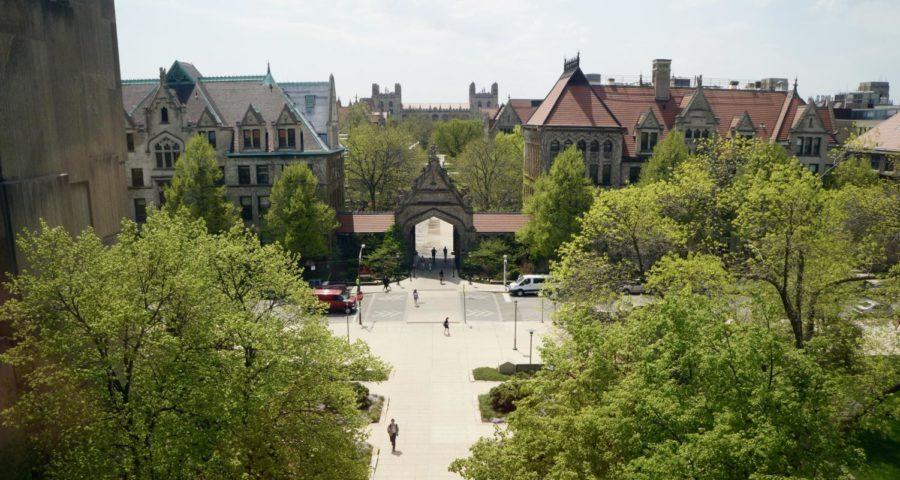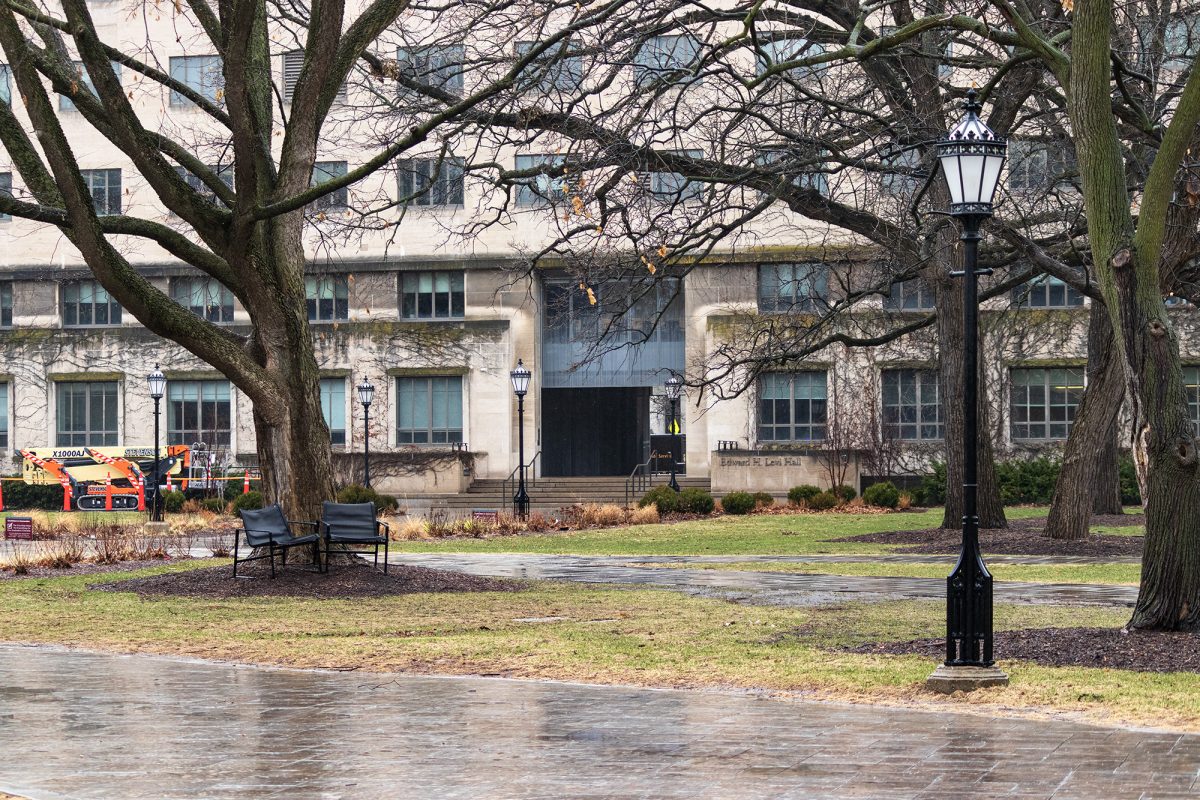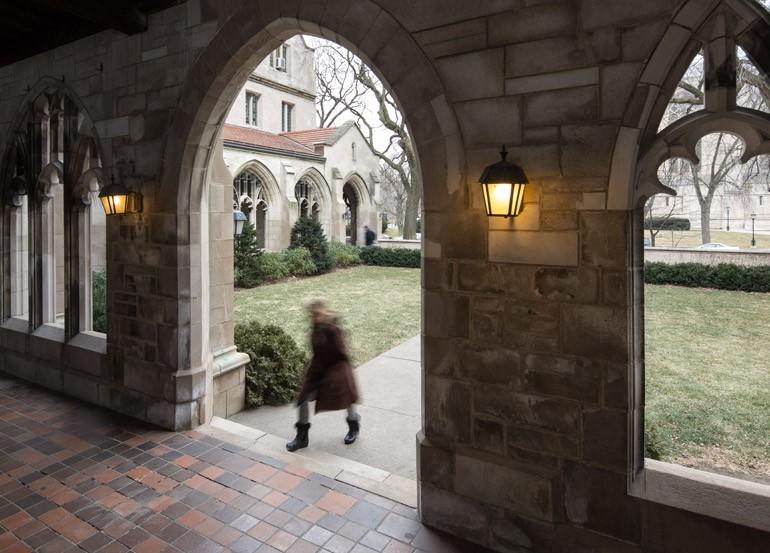Professor Stephanie Cacioppo, director of the Brain Dynamics Lab at the University of Chicago, is developing a clinical treatment for loneliness.
Cacioppo and her team have been testing the drug pregnenolone on patients experiencing perceived social isolation since May 2017. Pregnenolone is a natural neurosteroid that decreases in individuals when they are removed from social interactions. Cacioppo believes that giving subjects pregnenolone could potentially counteract some loneliness-related biological changes in the brain.
According to Cacioppo, loneliness is not only a temporary feeling but a cognitive reality that has many physical effects on the human brain.
The social brain network is a region of the brain that is activated during social interactions and allows us to interpret signals from others, such as facial expressions and body languages. The social brain network of a lonely individual, however, is usually deactivated. Other regions, such as the visual cortex, become hyper-activated to compensate for the deactivated social brain network, disposing lonely individuals to hyper-vigilance of social threat. “In this way,” Cacioppo said, “people with [a] lonely mindset are likely to interpret relationships with others negatively.”
People who already feel lonely are inclined to withdraw further from others since they tend to perceive social interactions as cold and unfriendly. This begins a vicious cycle of feeling lonely, perceiving threats, retreating from socializing, and then feeling even more lonely.
Cacioppo pointed out that feeling lonely has a lasting effect on the brain. The human brain follows the “use it or lose it” rule. In other words, the longer perceived social isolation lasts, the harder it becomes to activate the social brain network. Exposure to an unhealthy level of loneliness can severely impact individuals’ ability to participate in meaningful social interactions.
Cacioppo emphasized that pregnenolone is not a substitute for social interaction. “Pregnanolone is a necessary adjunct therapy to normalize deficient levels of allopregnanolone in lonely individuals,” Cacioppo said. Adjunct therapy is assistance given to patients in order to maximize the effects of the primary therapy. In this case, pregnenolone allows lonely individuals to participate in social interactions again and maximizes the satisfaction they gain from building relationships with others.
According to Cacioppo, pregnenolone for a lonely person acts like electrolytes for a dehydrated one. The ultimate solution to thirst is water, but electrolytes are essential to restoring bodily functions after severe dehydration. In a similar way, people suffering from perceived social isolation need to engage in meaningful relationships. The function of pregnenolone is simply to prepare the minds of lonely individuals to participate in social interactions again.
The perception of loneliness as an emotion rather than something requiring treatment is still common. Cacioppo hopes that the understanding of pregnenolone as an adjunct therapy necessary to assisting people who suffer from perceived social isolation to return to normal social life would change that perception.
When asked why loneliness seems more prevalent nowadays than in previous decades, Cacioppo pointed out the ways social media has influenced our perception of relationships.
“Loneliness is a discrepancy between what you expect or want in a relationship and what you actually have,” Cacioppo said. For example, if you have 200 friends on Facebook but only a few to interact with in reality, your brain perceives a discrepancy.
Cacioppo’s research on loneliness took on personal relevance when her husband and research partner John Cacioppo passed away in 2018. Furthering their joint research has been Cacioppo’s method of fighting through the tragic loss of her husband. Reflecting on her late husband and her research, Cacioppo said, “You don’t need to be with the person to not feel lonely. You can have pictures or memories that remind you of someone. And to me, applying my husband’s science is, in a way, keeping him alive.”








